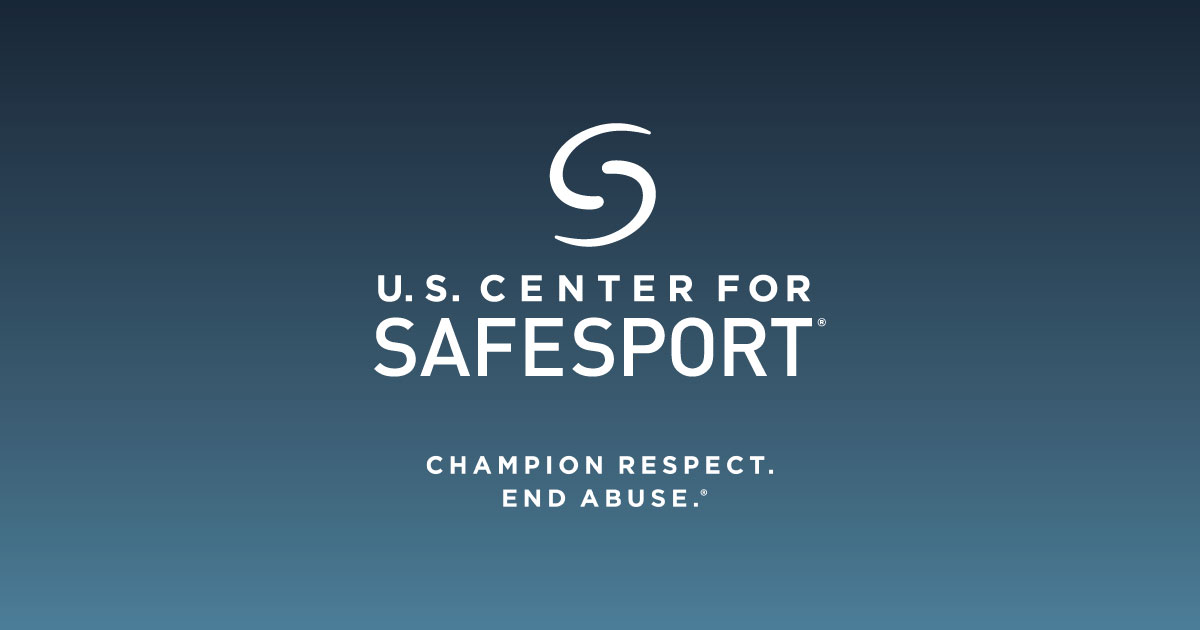
What is cognitive dissonance?
Cognitive dissonance refers to the clash or disharmony of thoughts or beliefs in our mind. In other words cognitive dissonance occurs when our perceptions or assumptions clash with reality, experience, or facts.
We may have, display, or see cognitive dissonance in many facets of our lives — when it comes to our purchases, choices, and relationships. For example, we may believe in ‘going green’ and yet drive a gas-guzzling car. We may want to exercise more and believe in eating healthy, but find ourselves lying on the couch with a bag of chips binge-watching the newest Netflix series. We may continue to watch our favorite sports hero excel on the field after hearing that they have been involved in criminal activity.
The dichotomy here — how to hold two thoughts or beliefs in our minds that are incongruent or do not add up together. It’s how to come to terms with the fact that ‘good people’ can do ‘bad things’, and that ‘bad people’ can do ‘good things’.
What does cognitive dissonance feel like?
Everyone recognizes and experiences cognitive dissonance in themselves and others differently. First, it can be hard to spot where we or others are stuck. We all have blind spots, biases, and misconceptions. Some that we have come by honestly, and some that we may refuse to address.
Second, it can be hard to make the choice to do something about ‘new data’ or ‘incongruent notions.’ It can be hard to lean into the discomfort. Cognitive dissonance requires us to come to terms with the realities of changing our minds and facing the truth or multiple truths. It can be very difficult to hold two opposing views at the same time.
Third, cognitive dissonance, when we have worked through those hurdles described above, demands that we must be honest with ourselves. Colloquially, it triggers a “come to Jesus” moment in which we have a choice to change our actions and behaviors accordingly based on our new awareness.
The bottom line – the truth can be hard and uncomfortable. Our brains are programmed to naturally protect us, or have long-set neural pathways and belief systems and auto-programming that well serve our functioning and survival. We believe what we believe and operate to ‘keep ourselves safe’ or feel safe and not wrestle with things that are ‘out of order’ from our normal beliefs and operating systems.
Moreover, it is hard to be “wrong.” It can be humbling. It can be eye-opening. It is hard to unlearn and relearn, to integrate new facts, and ittakes energy and attention to change our minds and behaviors and broaden our perspectives.
What are the impacts of cognitive dissonance?
When we experience cognitive dissonance, we may feel internal discomfort or disorientation. We may be confused. We may shut down any facts, views, or individuals that challenge our status quo or our preexisting or preferred beliefs or views of reality. On the other hand, when approaching things with curiosity, we may lean in and want to explore the unknown or unconsidered. We can engage in critical thinking and self-compassion and begin to merge and hold ‘what we believe’ and ‘reality.’ This helps us to find a resolution to the dissonance and find consistency in our minds through adjusting our actions and thoughts to better align.
How does cognitive dissonance apply to sexual abuse?
A survivor may experience cognitive dissonance in many ways. This can look like internal confusion in reckoning with the fact that someone we trust or thought we could trust could hurt us. It could also look like wanting to get help but not disclosing abuse.
For others in society, cognitive dissonance around the topic of sexual abuse may look like denying or having trouble accepting that someone they know, care for, respect, and/or idolize has committed or perpetrated an act of violence. This may look like believing the survivor as credible, but still not being able to hold the perpetrator accountable.
The consequences of cognitive dissonance regarding sexual abuse: rejection of the truth that the abuse occurred, increased victim blaming, and systemic biases and failures.
Increase your awareness of thinking ‘errors’ and ‘traps’
Notice where you get your information – check the themes and messages of your social media and news sources. Are they holistic? Are they diverse? Are they biased? Are they negative? Are they factual? Are you in an echo-chamber?
Reflect on your ‘go-to’ ways of interpreting new information or troublesome information. Do you think black/white or in extremes? Do you tend to mind-read or make assumptions? Do you project blame onto others or believe they “should” do certain things? Do you minimize or magnify new information? Do you assume the worst, or only see the best? Do you overgeneralize or have a strict mental filter in which you define everything from? How do you handle discomfort?
As described, troublesome thinking can adversely affect our holistic wellbeing, negatively impact others, and have overarching consequences. When we practice observing our thought patterns, challenging our beliefs, and kindly offering mindful reflection and feedback to others, we can expand our capacity to more accurately assess and respond to reality.
Kathryn McClain, MSW, MBA
Program and Partnerships Director at #WeRideTogether
kmcclain@weridetogether.today
References



-min.jpg)
